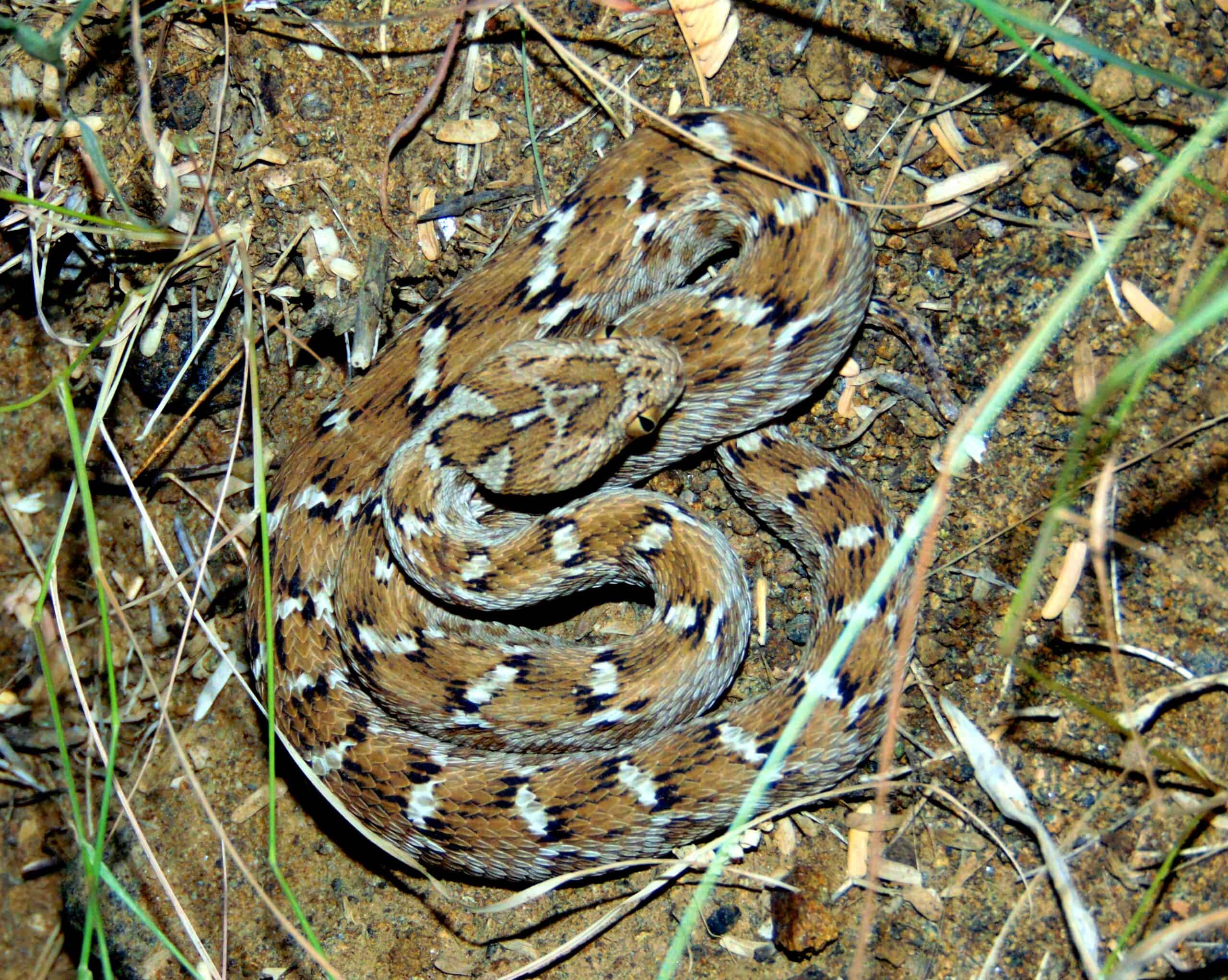Share this article
By listening to bats, biologists shed new light on them
When Ted Weller saw the blips that appeared on the digital map, they suggested to him something bat biologists had suspected but could never see. The black spots over Montana — each one indicating recordings of echolocation sounds emitted by migratory silver-haired bats (Lasionycteris noctivagans) — appeared first along the plains in the east, and later in the mountains in the west. The data suggested that the bats moved from east to west as warm, spring weather moved from lower elevations into the peaks.
“That’s a pattern we hadn’t previously been able to observe,” said Weller, an ecologist with the U.S. Forest Service’s Pacific Southwest Research Station in Arcata, California.
The observation was possible due to a proliferation of acoustic monitors keeping an ear out for bat sounds in places where they had never been set up before. It was also thanks to an online platform — the Bat Acoustic Monitoring Portal, or BatAMP — that allows researchers to see and share echolocation data across distances and time scales that weren’t possible before.
The acoustic data offer insights into which bats are active, and when and where they’re moving. This data could help shine a light on species whose proclivity for dark places has made them difficult to study. Where do they migrate? When? Do they follow corridors like birds? Do some stay behind? These are questions that researchers are starting to get better answers to.

Biologist Aaron Corcoran uses a high-tech acoustic monitoring system to track bats, but some systems can be very simple, allowing a wider range of biologists and others to put them into use than ever before. ©Ted Weller
The idea, Weller said, was to “pull all these data together in a single place, to see what new things we could learn.” It’s possible, he said, due to what he calls a “sea change” in bat acoustic monitoring. Once, echolocation detectors were only in the hands of a tiny group of bat biologists who specialized in the work. Now, the detectors are smaller, cheaper and easier to use — some plug into cell phones — allowing a broad range of biologists, environmental consultants, wind energy facilities and even amateur naturalists to raise an ultrasonic microphone and listen for bats. BatAMP allows the results of these surveys to be animated, making it easier to see trends over space and time.
“We’re able to sample these bats in habitats that detectors have never been in before and in much greater density than ever before,” Weller said.
The data can act as an early-warning detector for white-nose syndrome, a fungal disease that has wiped out millions of bats, he said. Because one indication of the disease is activity by affected bats at times they would typically be in hibernation, unusual occurrences of echolocation can be a tip off.
But the spread of these monitors have also revealed some surprises. Some species thought to be migratory instead appear to have individuals that roost in place all winter, Weller said. “We’re seeing activity of bats during wintertime in places that we didn’t expect them to be present,” he said, “which then raises a whole host of other questions. Maybe these species aren’t as migratory as we thought.”
In one other case, expecting to hear plenty of bat sounds, Weller heard nothing at all, or sounds at much lower levels than expected. He and colleague Aaron Corcoran, a research assistant professor at Wake Forest University, used some very sophisticated echolocation detectors to study hoary bats (Lasiurus cinereus) and map them in three dimensions. They found the bats were dialing down their echolocation during mating, perhaps to make themselves less conspicuous to competitors.
Much of the data currently in Bat AMP comes from early adopters like Alaska Department of Fish and Game and the Montana Natural Heritage Program, which had a coordinated program of dozens of acoustic detectors set up around the state. But “anyone can participate, and lots of folks have,” Weller said, including wind farm sites and amateurs out detecting bats using specialized microphones attached to cell phones. Anyone can use the information, too, and compare it to other layers of data, from topography to vegetation to bird migration.
“We’re putting this data in a public space so anyone can visualize the patterns and put their own data in context,” he said.
The U.S. Forest Service is a Premier Partner of The Wildlife Society.
Header Image: Biologists are gaining new insights on bats by using echolocation monitors to better understand their behavior. ©Kellie Brown








